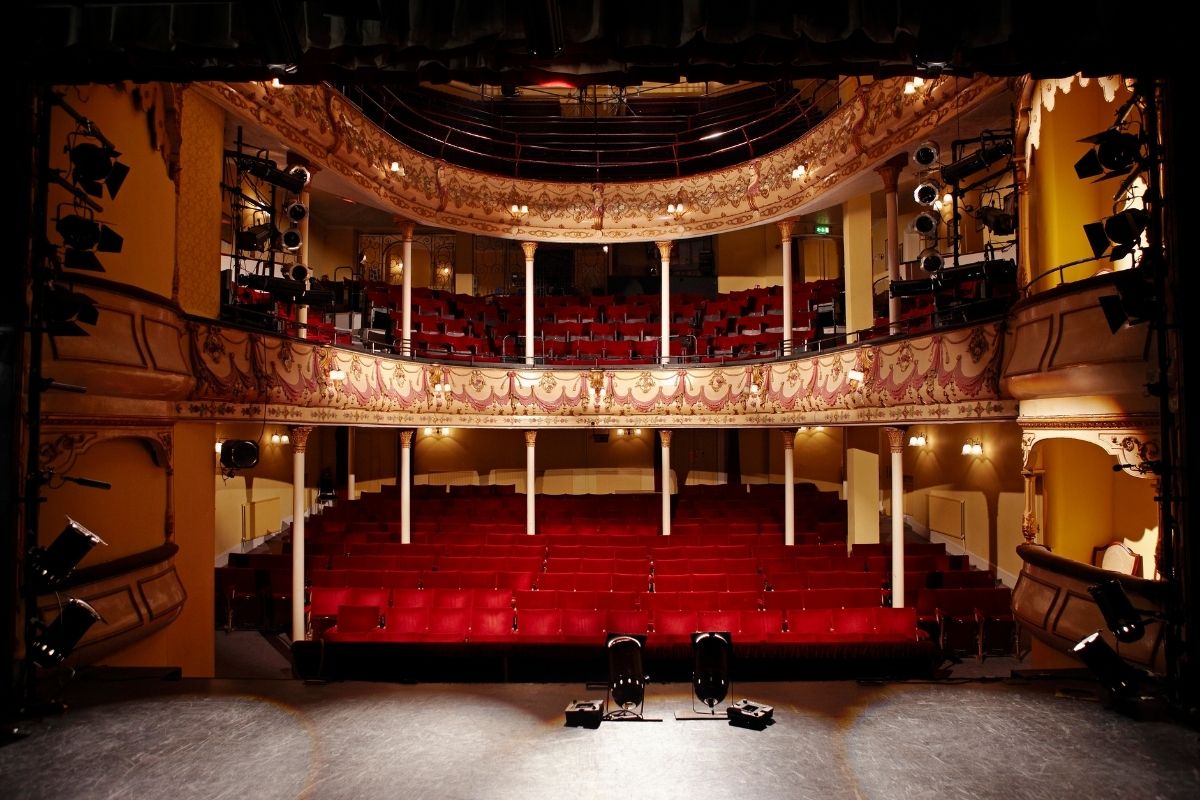How Does the Bench Use Structure in the Performing Arts?
“The Bench (A Homeless Love Story)” is a piece that has been online performing arts education expert and playwright Robert Galinsky’s calling card for the past few years. Galinsky wrote the first draft when he was collaborating with August Wilson in 1986-87 in New Haven. At the time, he was also working with Lloyd Richards at Yale University’s performing arts education department.
The structure of “The Bench” evolved over time. “It really came down to discovering that there was one character, Joe, who was going through something, traveling a journey, and was potentially going to be changed or not changed,” Galinsky says. “And everybody else was serving that particular cause and that arc.”
At the same time, all of the other characters have something at stake with Joe’s journey. There is something at risk for everybody, and it will result in either a reward or a loss based on what he goes through.
Joe is in love with somebody, but he will not admit it. “It’s a real simple structure, but simplicity is great because now we can see how complex human beings are with their behaviors over such simple things,” comments Galinsky. “The guy can’t admit he loves this woman so he goes out and basically trashes her all the time.”
Joe’s behavior has an effect on everybody else in their little community; because of it, the townspeople do not all get along. They finally tell Joe to man up. “Go tell her you love her. It’s simple as that,” Galinsky says.
It’s “as simple as that” according to the townspeople, but for Joe, it’s not that simple. He lost love in his heart years ago and had been through many different things that destroyed his sense of hope. He didn’t know that he could find love again; in fact, he was afraid to find love again. Ultimately, four other vagabonds gave him the courage to face his fears and give love a shot.
Joe proceeds to go and profess his love to the woman. She rebuffs him and resists. Just like Joe, she is hardened and doesn’t want anything to do with love. It was too vulnerable, too soft of a place to be, and too scary. For her, it was easier to put the wall up and have a thick layer in front of everybody and everything in life.
Nonetheless, Joe persists in his confession, and the woman begins to see him in a different way. He comes to her in a different way from the past, and she relents a little bit. “She doesn’t give him the full on, yeah, I’m with you buddy, but she gives him a little window into the possibility that she might love him back, just a tiny window,” says Galinsky.
Joe has no guarantees; nor does he have promises. He knows, however, that there is a tomorrow. He will see her again, and life just might be different.


